Design & Machine learning: automation takes command?
Anthony Masure (Associate professor, Head of research, HEAD – Genève, HES-SO)
Department of Design, FA ČVUT, 22 October 2021
1–
About
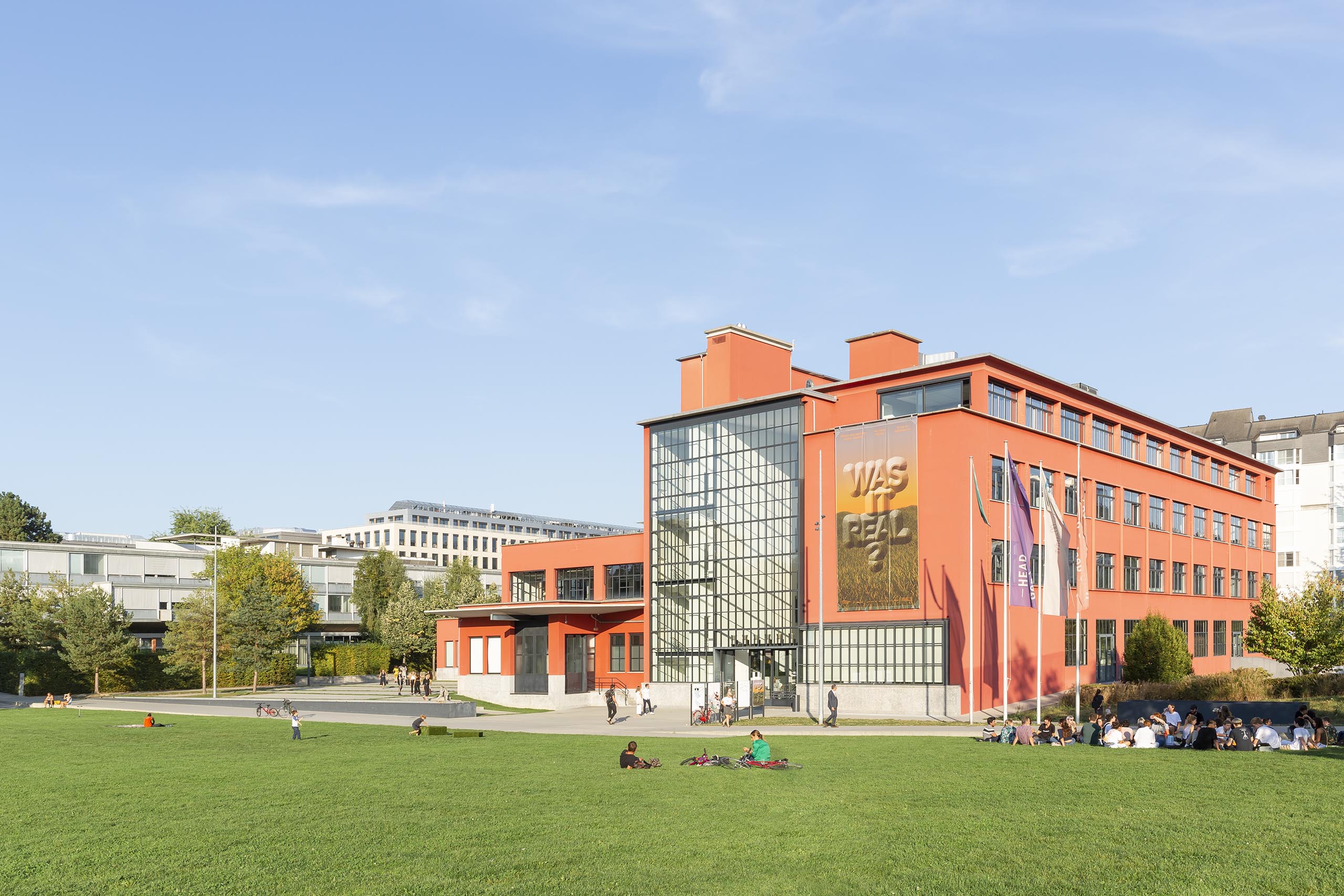
HEAD – Genève, new campus, 2017
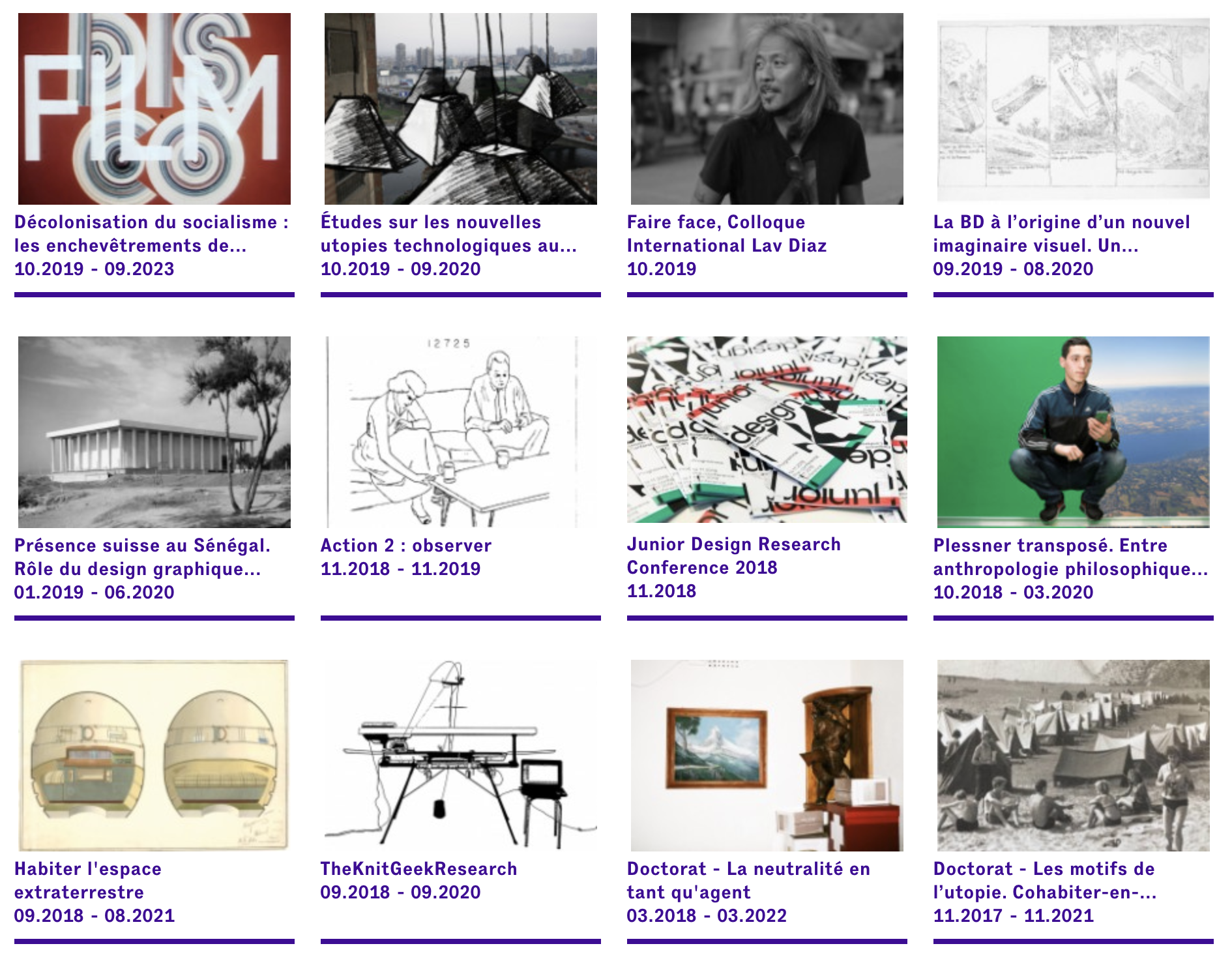
Institut de Recherche en Art & Design (Irad), HEAD – Genève, HES-SO
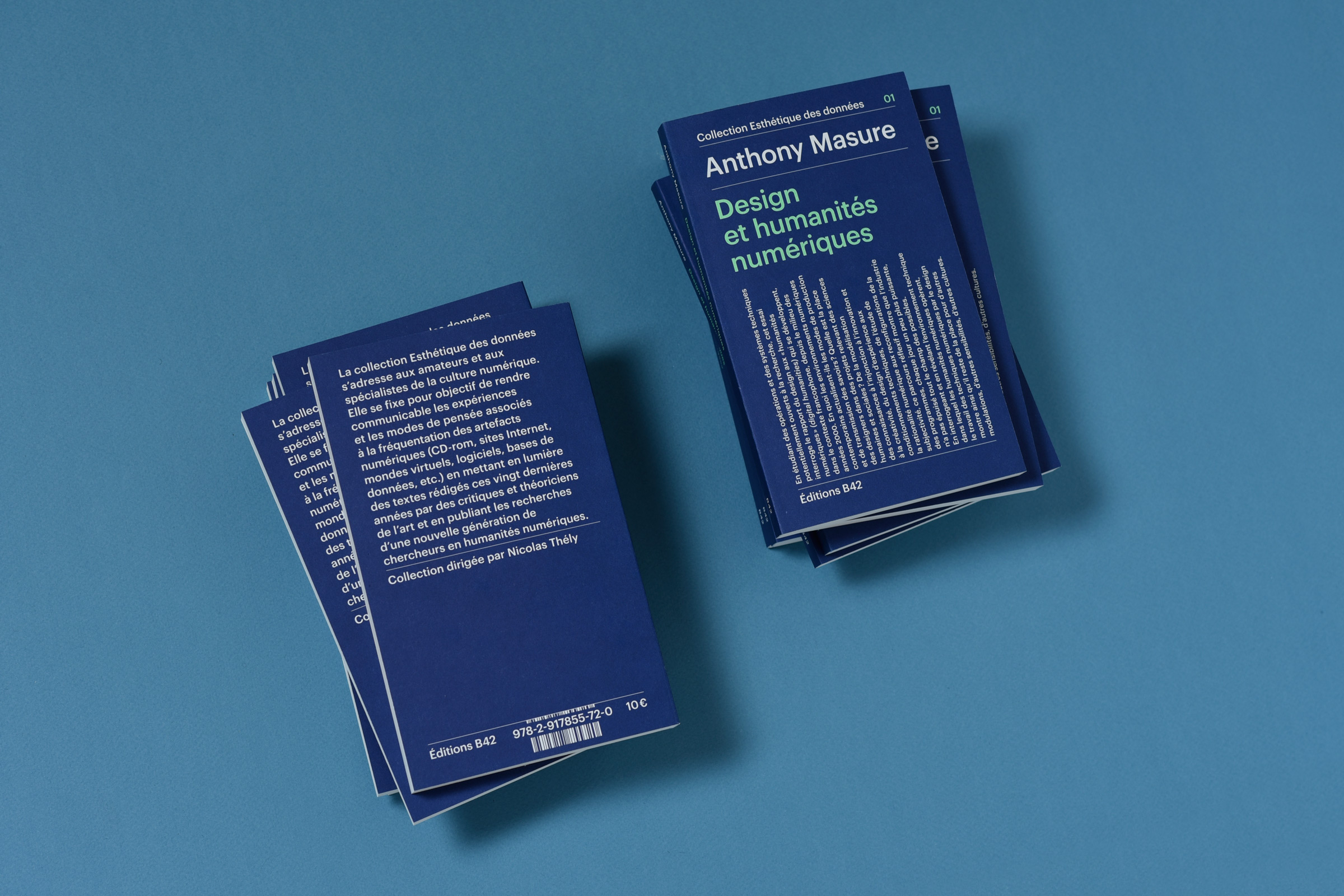
Design and Digital Humanities, Paris, B42, 2017
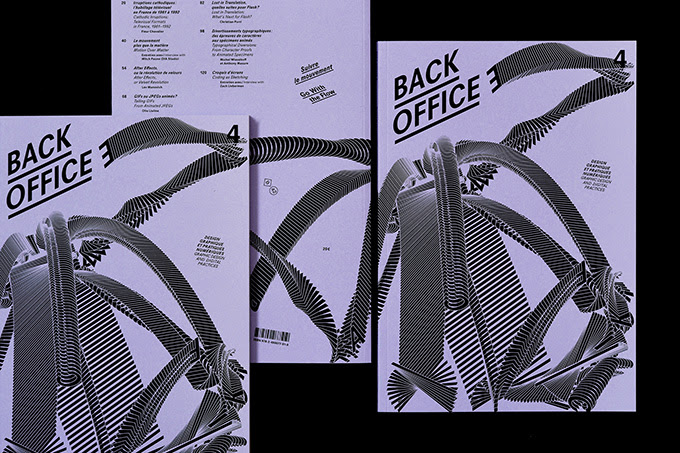
Research Journal Back Office
nº 4, « Going with the Flow », graphic design E+K, Paris, B42, avril 2021
Ongoing research
- Formats and shapes of research
- Open access for project-basesd research
- Blockchain & NFTs
- Design & AI
2–
Mimesis machines?
2.1 —
Deep learning functioning
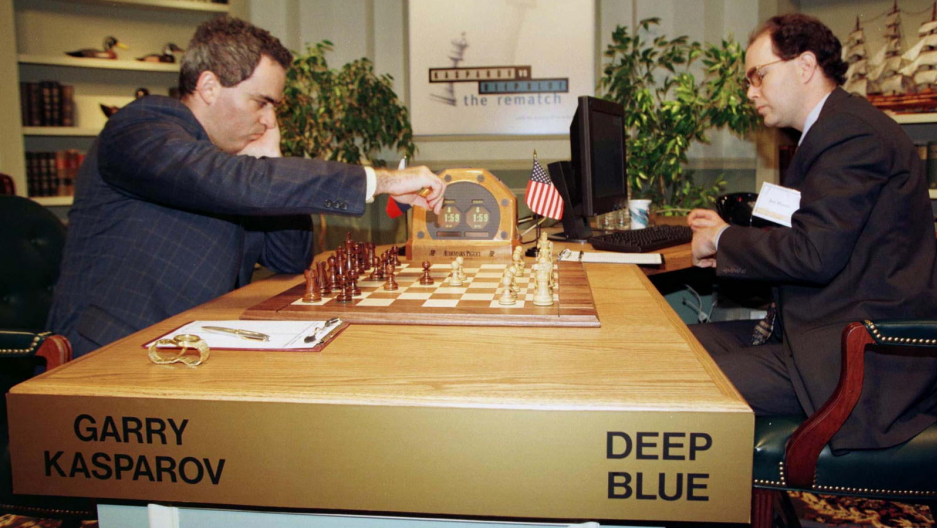
Garry Kasparov VS IBM Deep Blue, 1997
Traditionnal software
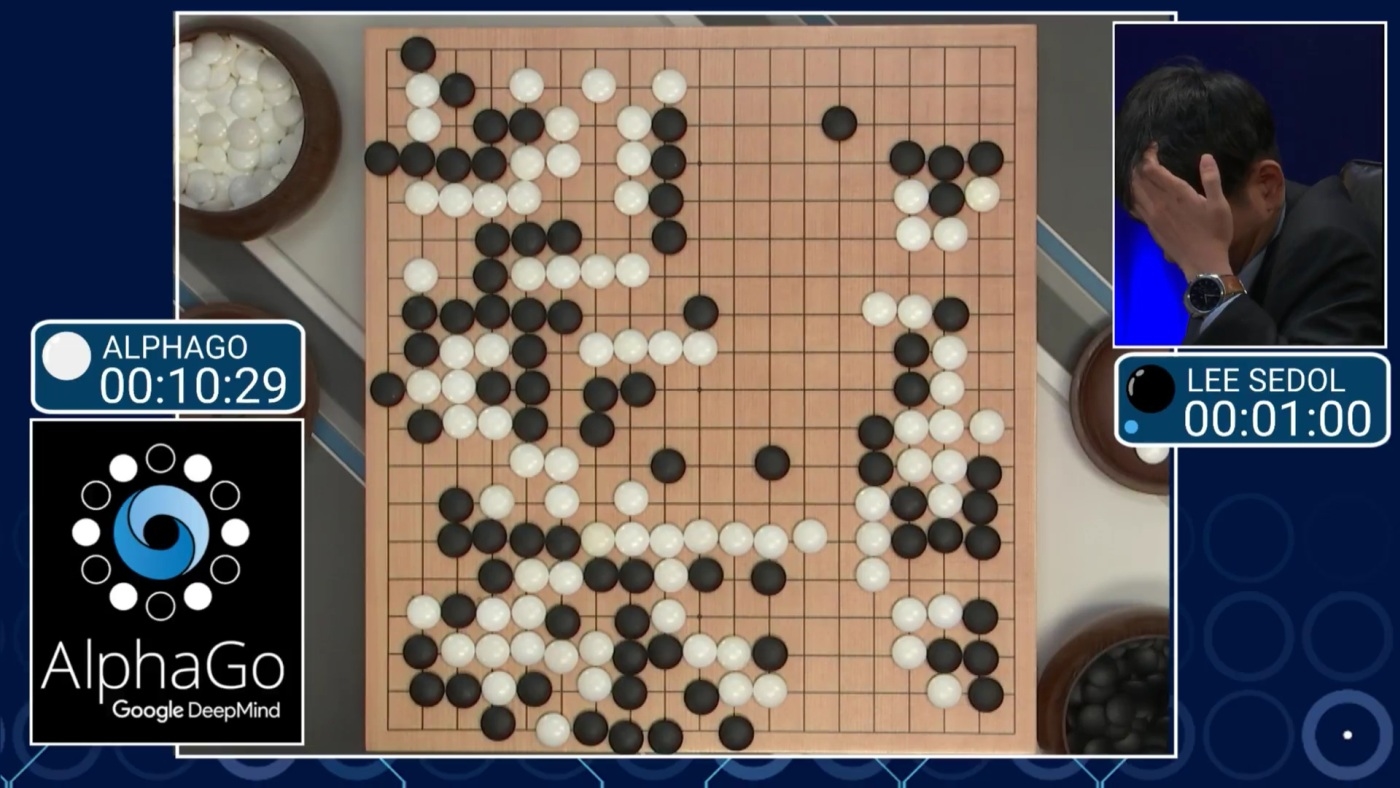
Lee Sedol VS Google DeepMind AlphaGo, 2017
Deep learning
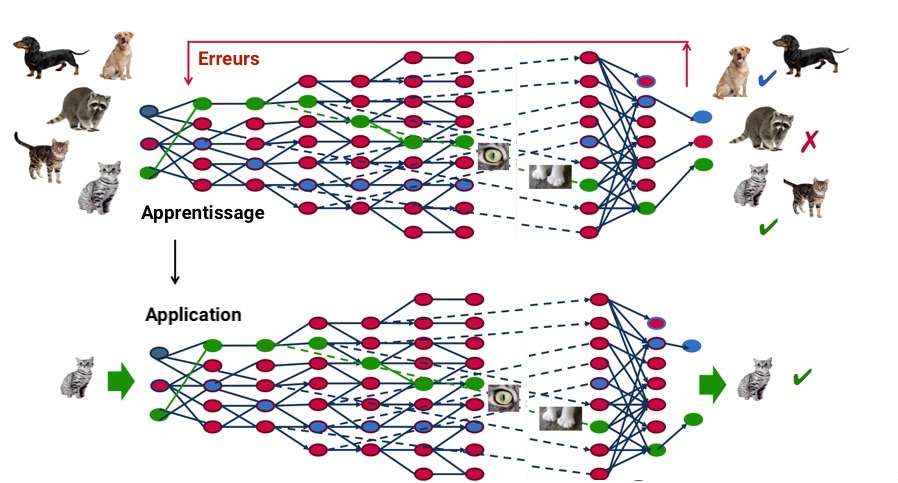
Deep learning functioning
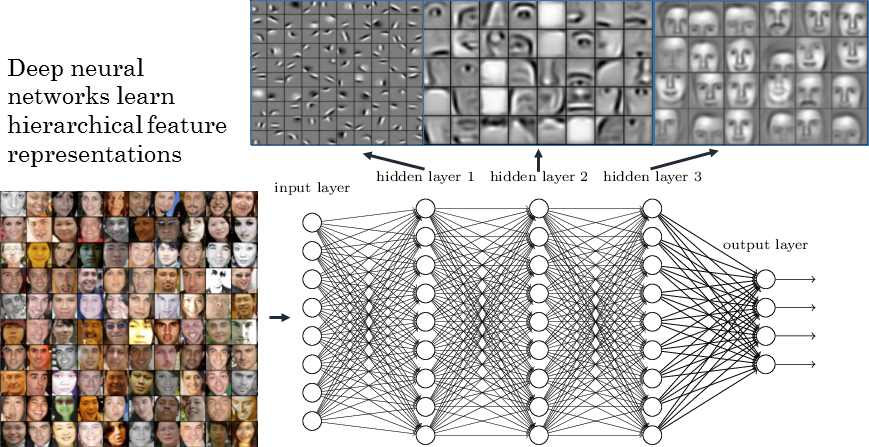
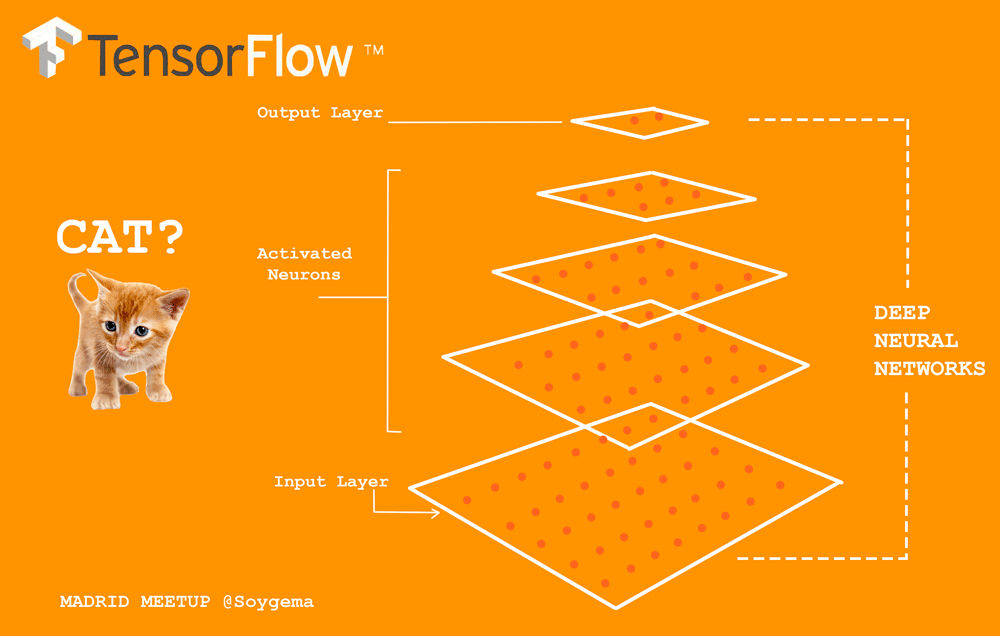
Gema Parreño, « TensorFlow Introduction », avril 2016
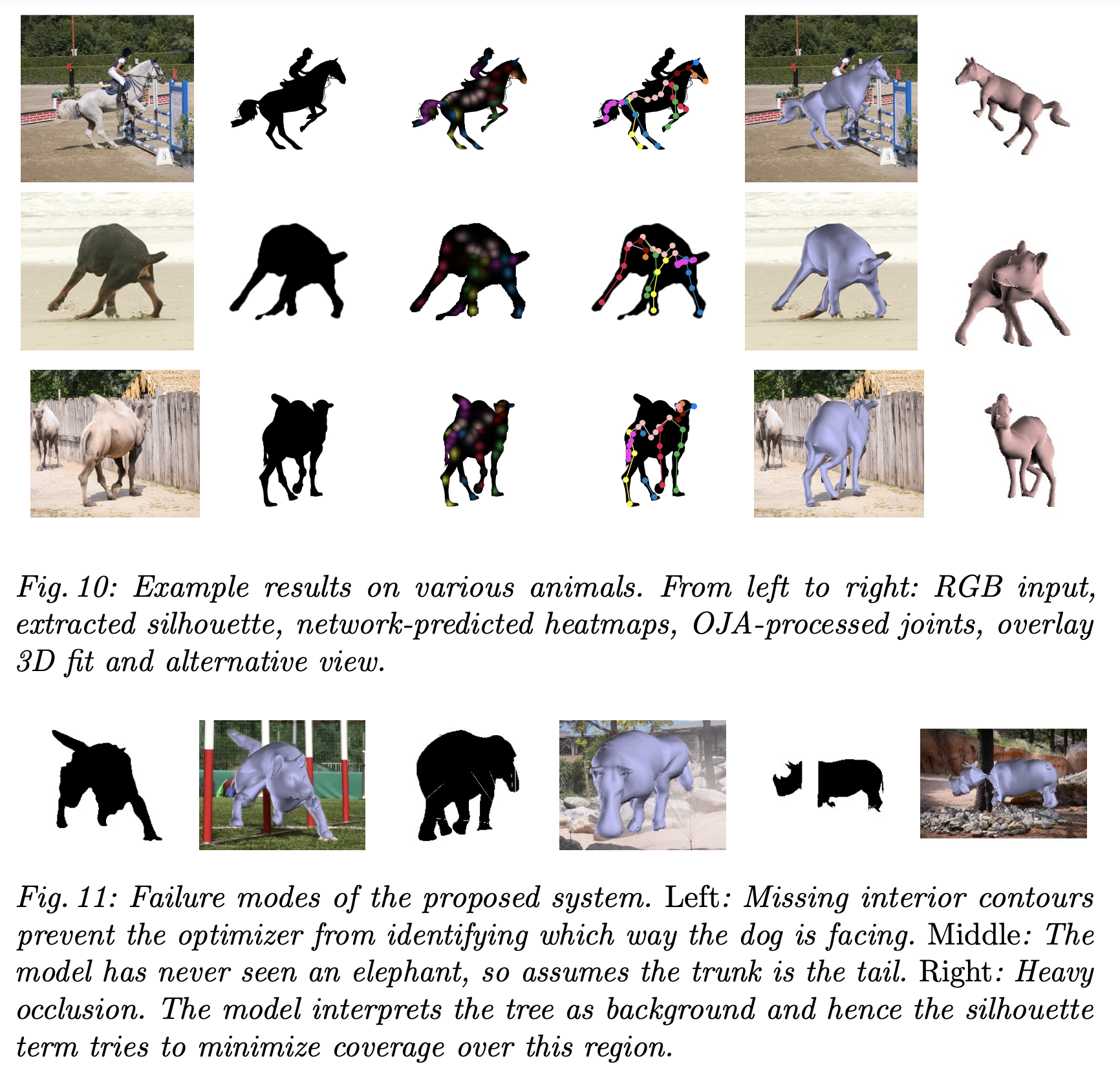
« Creatures great and SMAL.
Recovering the shape and motion of animals from video? », 2018
Deep learning & creation
How are deep learning technologies invested in the fields of art and design?
2.2
AIcademism
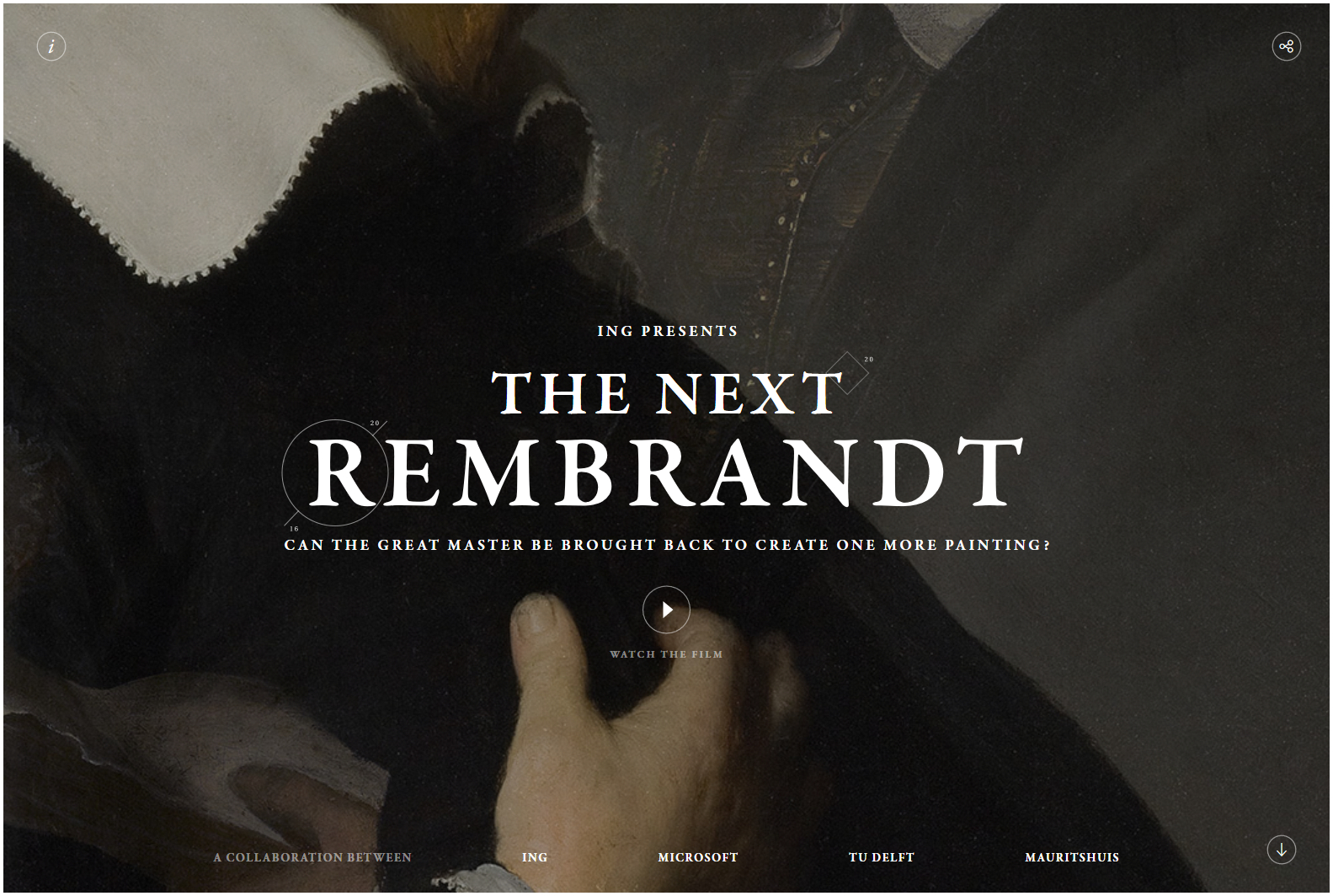
Microsoft, The Next Rembrandt, 2018
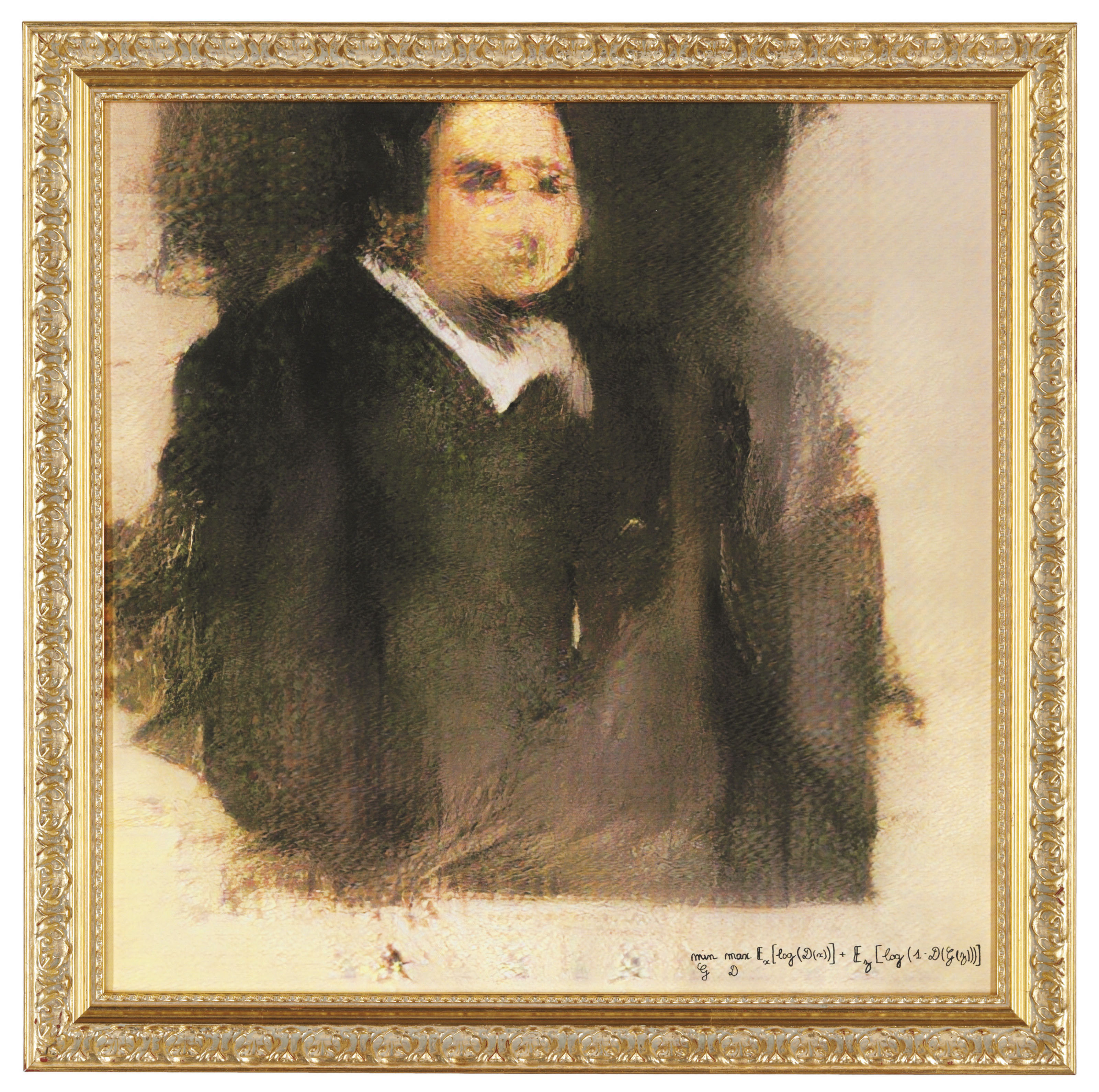
Portrait of Edmond Belamy, 2018
GAN Art (Generative Adversarial Network), vendu pour $432,500 en 2018
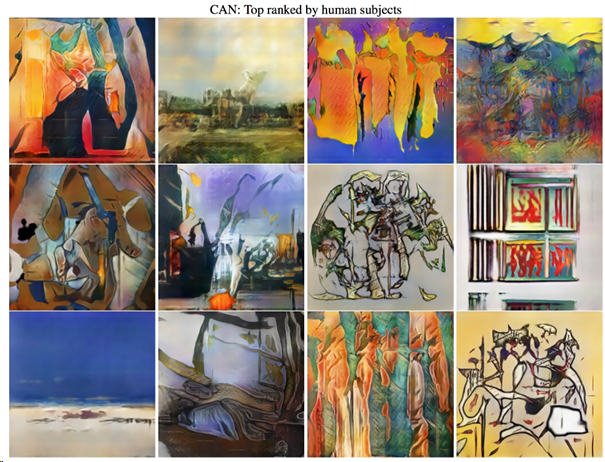
Mimesis machines
How can art history help to understand the dominant ways of doing simulated intelligences?
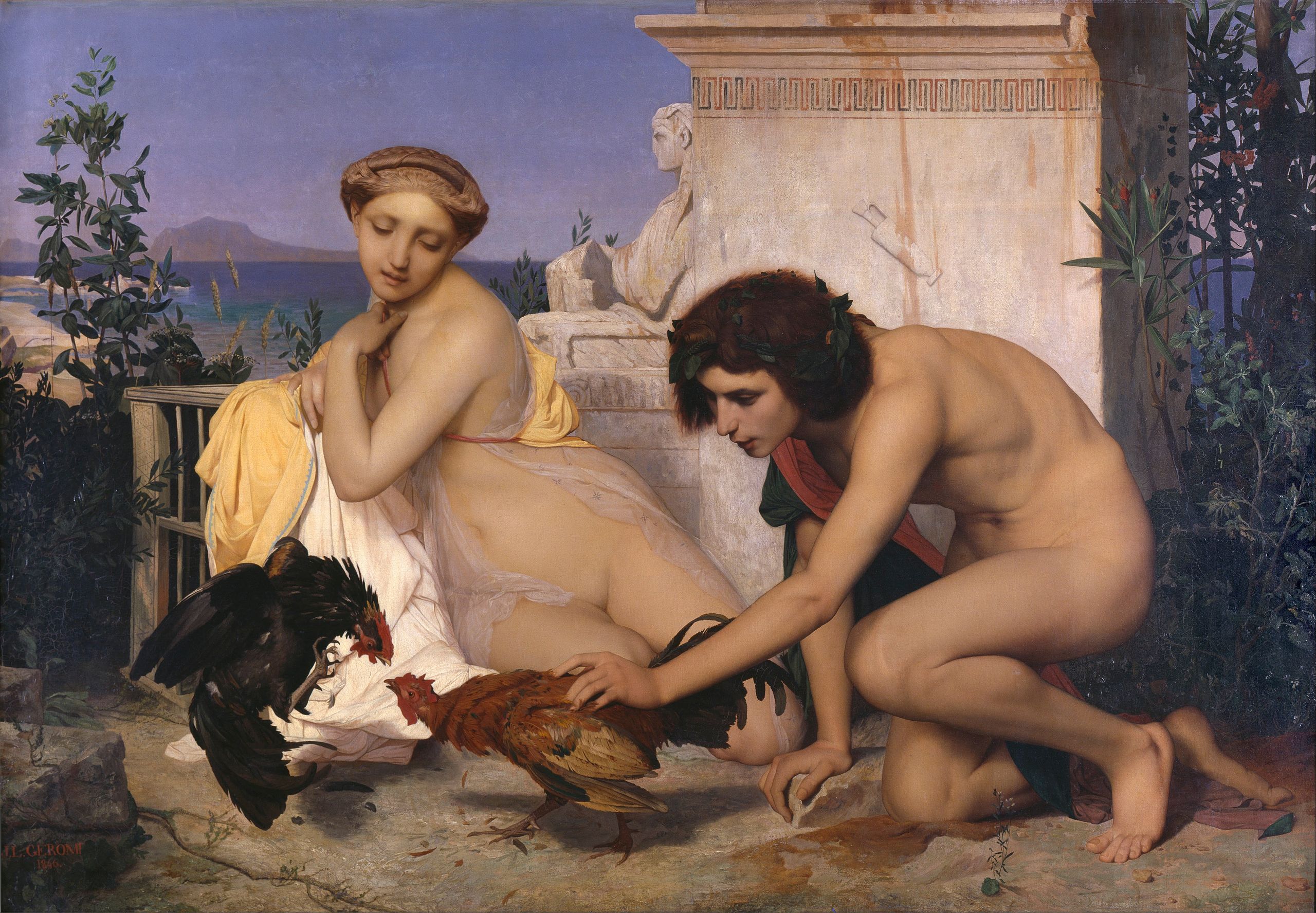
Jean Léon Gerôme, Jeunes Grecs faisant battre des coqs,
dit aussi Un Combat de coqs, 1846
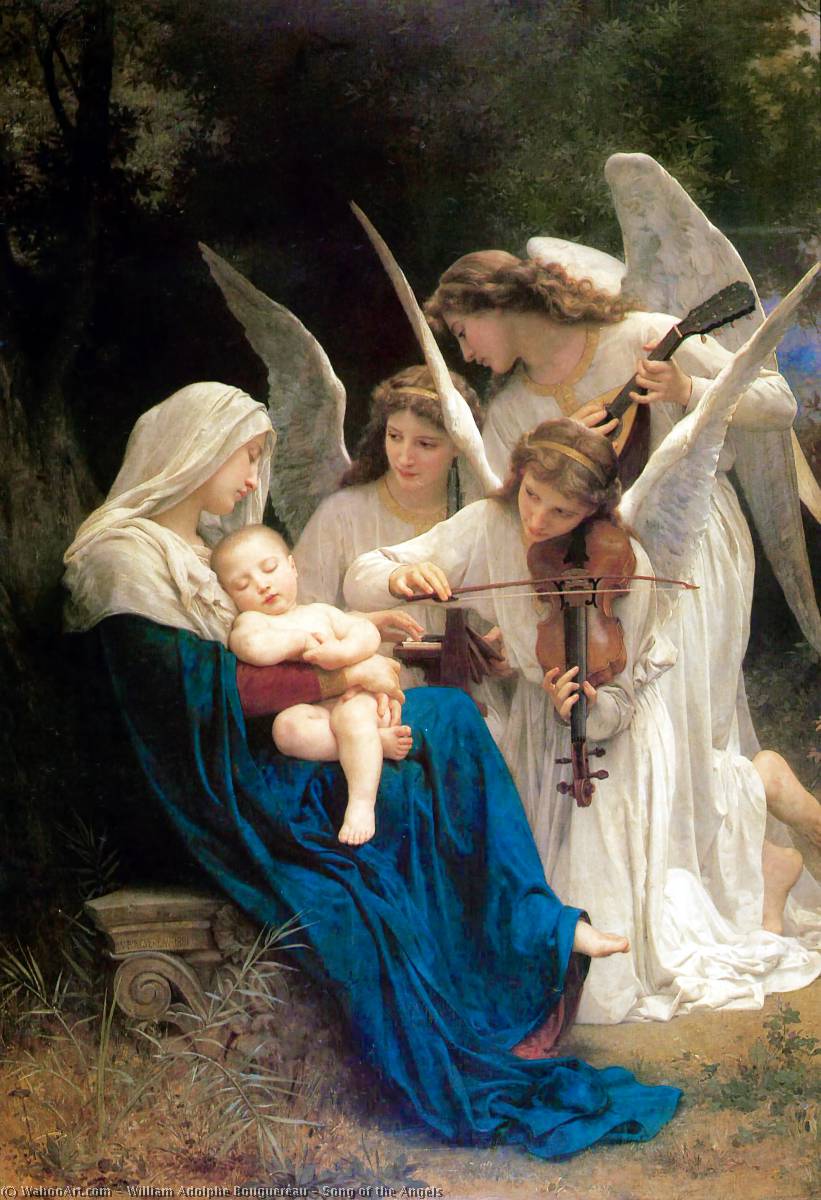
William-Adolphe Bouguereau, La Vierge aux anges, 1881
This painting was made at the same time as the avant-garde
Academism → AIs
Hierarchy of genres → Ideal of technical progress
Superiority of drawing over color → Vectorization of the world
Indoor and workshop work → Cloud computing
Imitation of masters → Datasets remixes
Texture removal → High resolution
AIcademism
We can observe a temporal gap between photography as a technical invention, and photography as art, which is born of a divergence with the pictorial model.
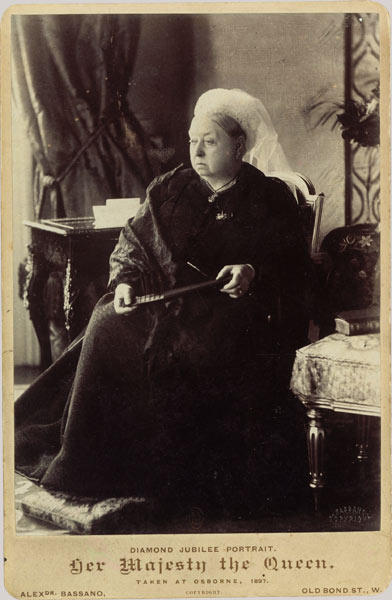
Alexandre Bessano, Sa majesté la reine Victoria. Portrait du jubilé de diamant, 1897
Commercial success of the cards with the effigy of personalities
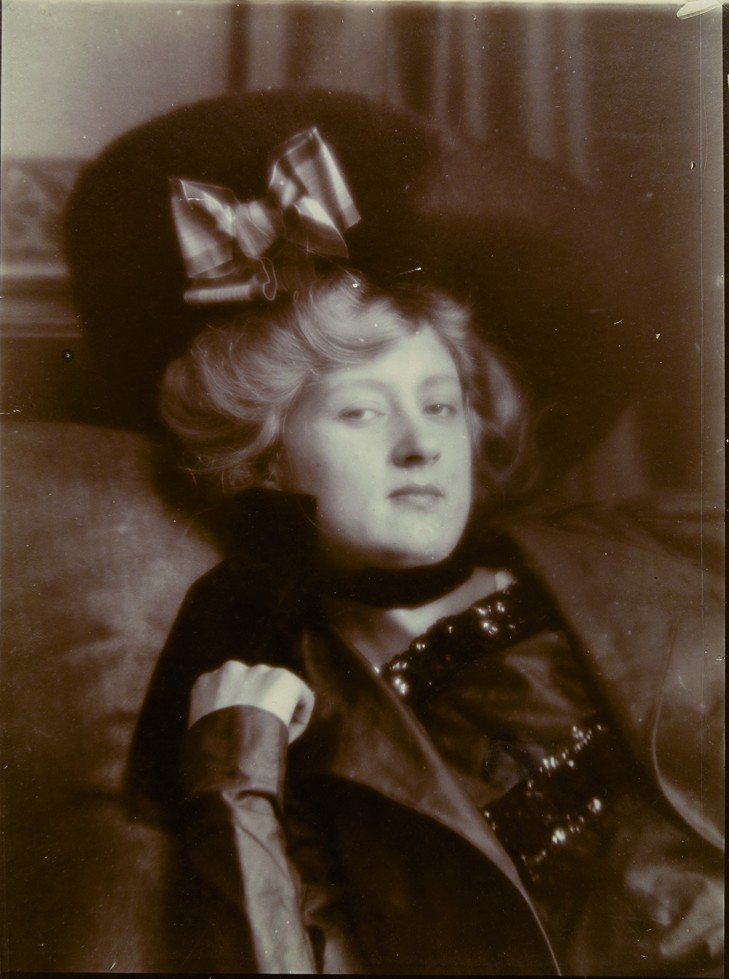
Robert Demachy, Femme au chapeau, aristotype, ≈ 1905
Pictorialism: imitation of painting by photography
(Walter Benjamin, Pierre-Damien Huyghe)
2.3 —
Towards an automated creation?
Techniques without forms?
The acceptance of a world shaped by AIs is less in terms of replacement (replacement of humans by machines) than in terms of overlap: an environment in which one could not distinguish what is produced, or not, with AIs.
Adobe Sensei, 2016–
TheGrid.io, 2016
Zalando, « Fashion-MNIST » dataset (60 000 sprites), 2016
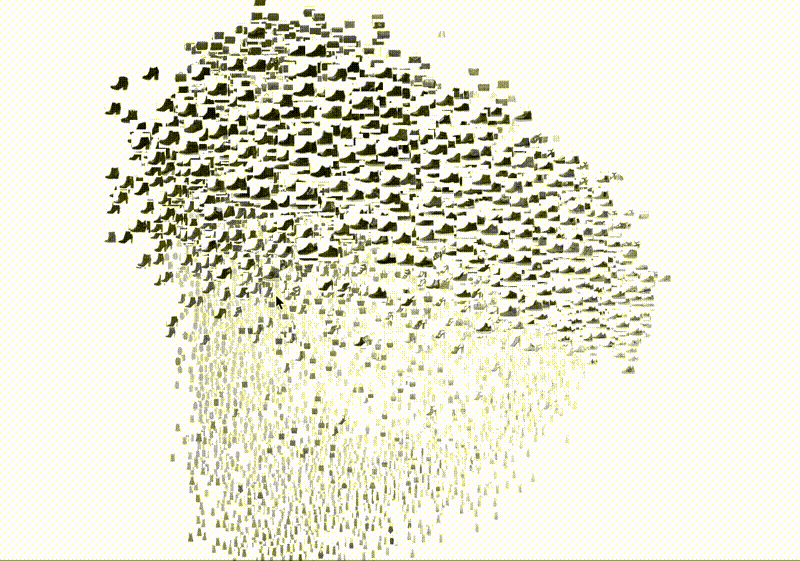
Zalando, « Fashion-MNIST » dataset (60 000 sprites), 2016
Autodesk Netfabb, 2017
3 –
Mechanization or automation?
Mechanization or automation?
Mechanization (or industrialization) usually refers to efficiency and performance free of human contingencies.
Siegfried Giedion's book Mechanization Takes Command (1948), in which he analyzes several ways to optimize human labor, is part of this perspective.
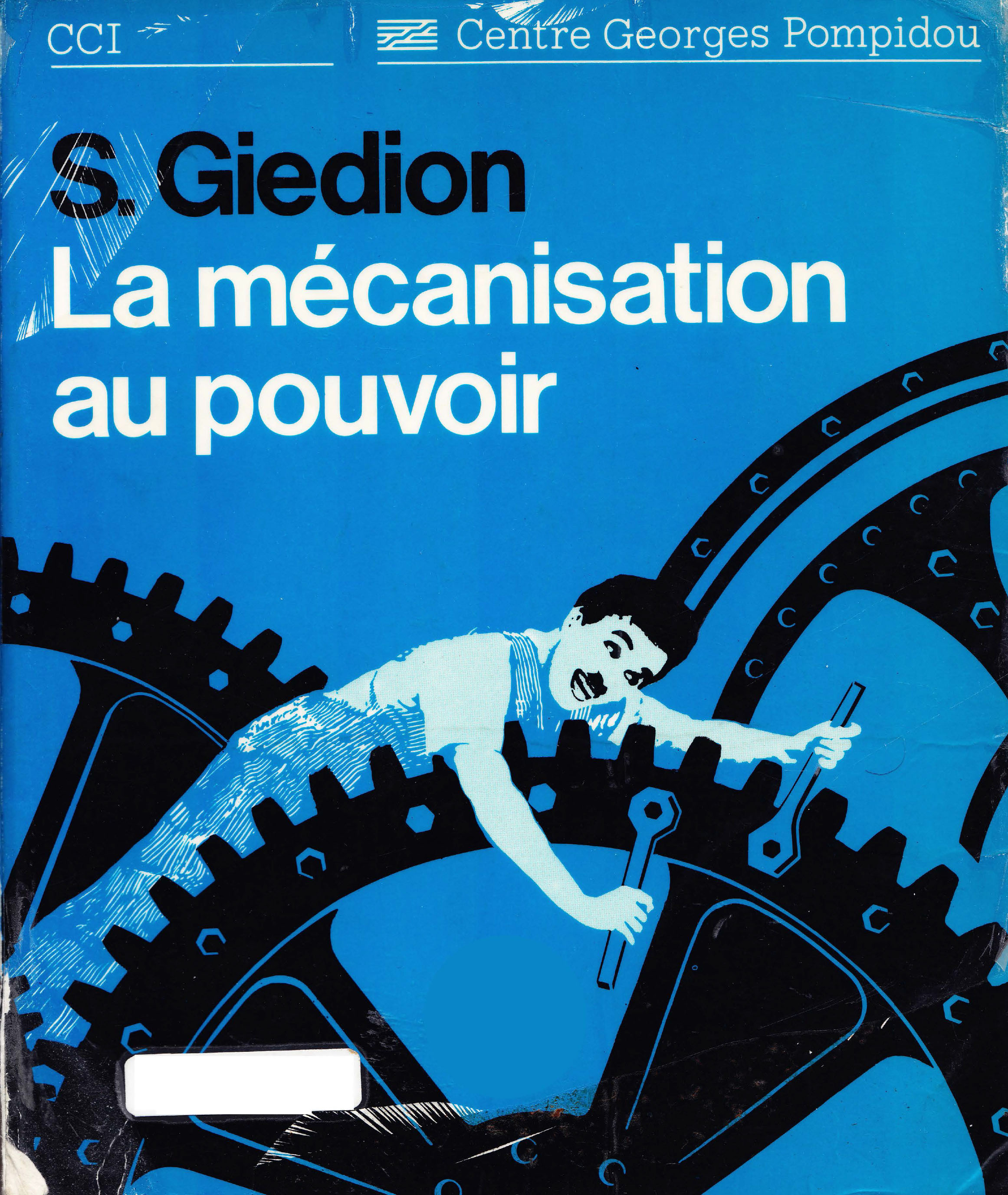
Siegfried Giedion, Mechanization Takes Command [1948],
Paris, Centre Pompidou, 1980
Siegfried Giedion, Mechanization Takes Command
- Division of labor = loss of global view
- Better living conditions = new addictions
- Inability to organize and "new barbarism"
- "Fear of progress, which has gone from being a hope to a threat"
- Need to find a new balance
Mechanization or automation?
- Are mechanization and industry homogeneous?
- How to work not for, but "with" machines?
« Pour [Walter] Benjamin, il ne s’agit pas de se résoudre mélancoliquement au sacrifice, mais de trouver ce que peut être le progrès de l’art, ou sa marche, sa méthode, avec l’industrie. Art et industrie devront aller ensemble, sans se sacrifier ni l’un ni l’autre et sans se sacrifier l’un à l’autre. C’est donc le rapport de service de l’industrie (ou de la photographie) à l’art qui fait l’objet de la critique de [Walter] Benjamin. »
— Pierre-Damien Huyghe, « Art et mécanique », Le Portique, nº 3, 1999
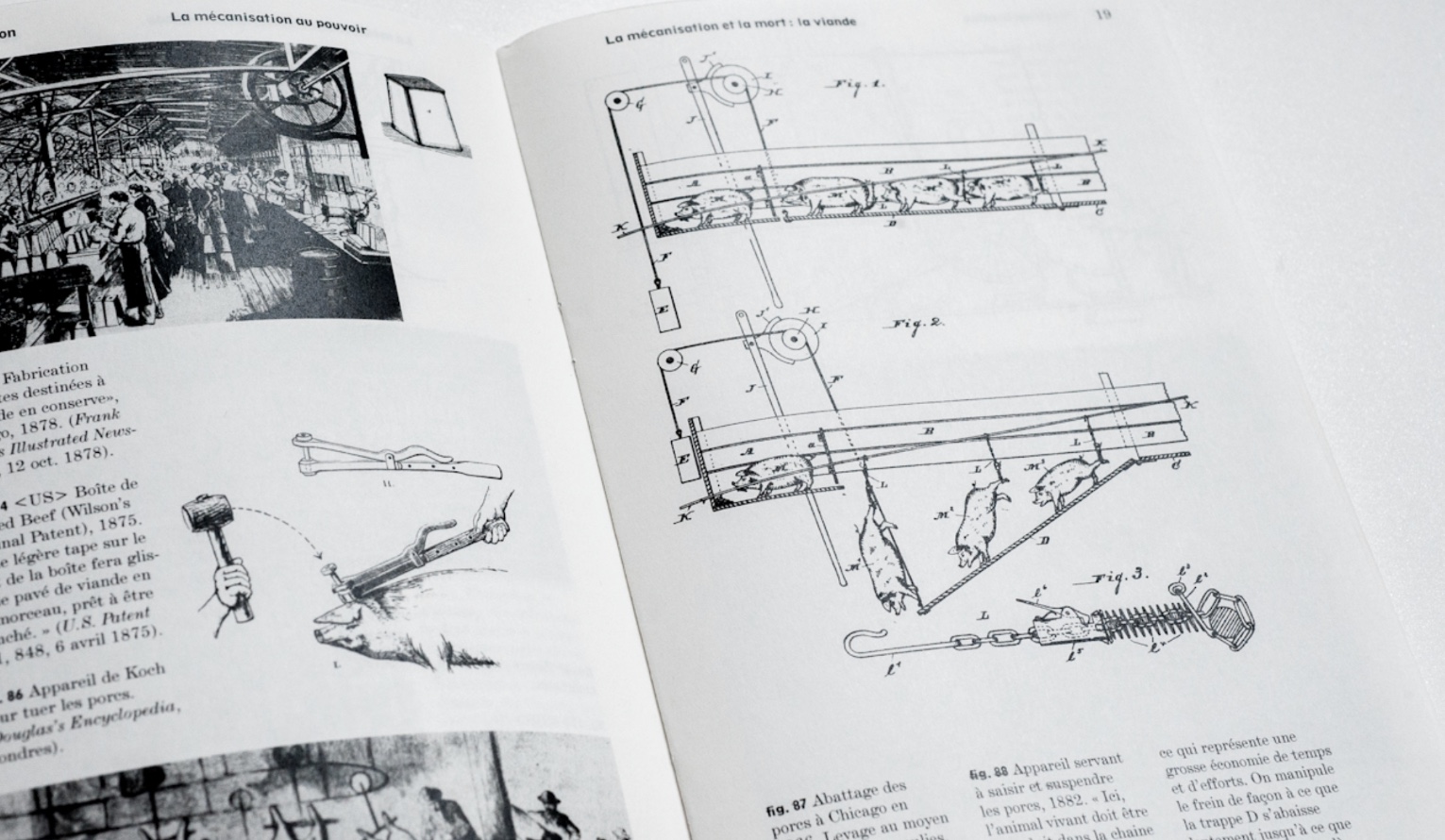
Siegfried Giedion, « Mécanisation et substance organique. La mécanisation et la mort : la viande »,
in : Mecanization takes command, 1948
Pierre-Damien Huyghe, « De la mécanisation au design »,
Azimuts, nº 39, « Animal », 2013, p. 149-176
« In the world of mechanization, whether to work or just to consume, the standardization of time is a matter. This world is in the constancy of cadences, of the equal, of the repetitive. What it produces in an unprecedented way is uniformity. Thus the abundance of the industrialized society is in depth, and even if it defends it, haunted by the risk of monotony. »
— Pierre-Damien Huyghe, « De la mécanisation au design », Azimuts, 2013
Pierre-Damien Huyghe, « De la mécanisation au design »
- "The design was born to come out, not without difficulty, of this nostalgia. Its own historical principle was linked to a particular but determined acceptance of machines."
- "Design distinguished itself by fundamentally admitting that the technicality of the time […] did not necessarily merge with this [ruthless] mechanization."
- "[The historical characterization of design is] an attestation of a methodical order whose milieu and stake are indeed the way of making economy, that is to say [a] disposition of techniques in a machinic milieu."
"Our industry must train designers instead of craftsmen because our craftsmen are the machines, ready-made, efficient, docile craftsmen. On this point the mechanical power has made a clean sweep. How to get from these impressive “machines / craftsmen” what they can do best? Then, beyond the mechanical know-how, how to find the rhythms of the form?"
— Frank Lloyd Wright, « L’Architecture moderne » [1930], in : L’avenir de l’architecture, Paris, Linteau, 2003, p. 107-108. Quoted in : Pierre-Damien Huyghe, « De la mécanisation au design », Azimuts, 2013
Mecanization or automation?
- To be able to work with mechanics (with machines) without industrial mechanization
- Giedion's mechanization is now called automation
- Difficulty in thinking about the machine without automation
- How to work "with" deep learning machines in other directions than those of automation?
- How to escape the uniformity that characterizes the world of mechanization / automation?
4 –
Design in the age
of AIs
Design in the age of simulated intelligences
- 4.1 Highlighting the aesthetic standardization of the world
- 4.2 Generating hybrid or even chimerical forms
- 4.3 Exploring the flaws and inconsistencies of technologies
- 4.4 Going beyond the human/machine opposition
- 4.5 Combining translation and transcoding
4.1
Highlighting the aesthetic standardization of the world
« World’s First AI-Designed Manga Based on the artistic style of Osamu Tezuka », 2020
Cité dans : Tom Lebrun & René Audet, AIs and books, 2020
Highlighting of artistic and stylistic tropes
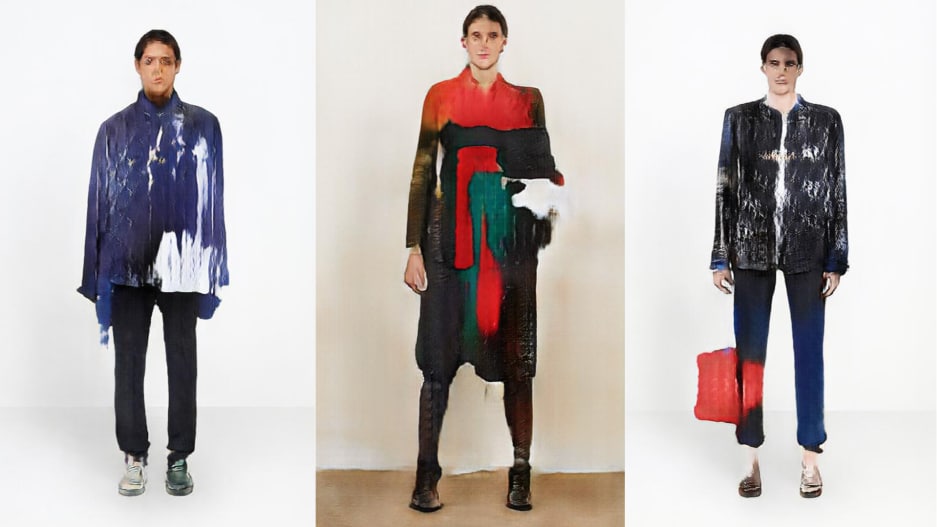
Robbie Barrat, Balenciaga AI, 2018
Fashion as a fake renewal of the world
Recycling of animated sequences in Disney movies
Reuse and copy did not come with deep learning!
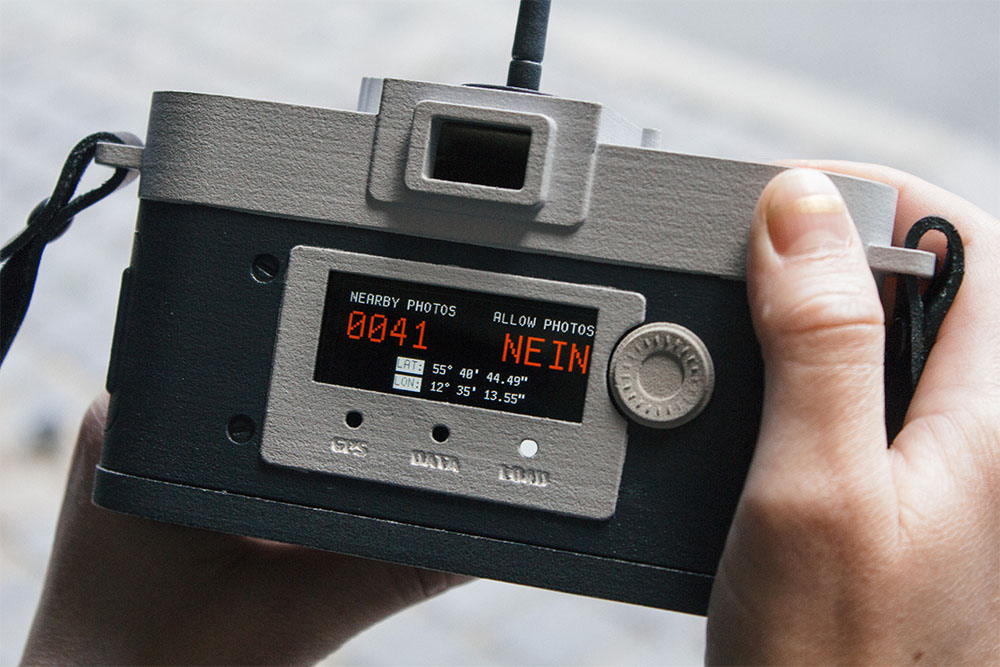
Philipp Schmitt, Camera Restricta, 2015
This camera blocks "banal" photos by comparison with geotagged views
4.2
Generating hybrid or even chimerical forms
Nicolas Nova & Joël Vacheron, « Data Data. Introductiont algorithmic cultures », Back Office, nº 2, 2018
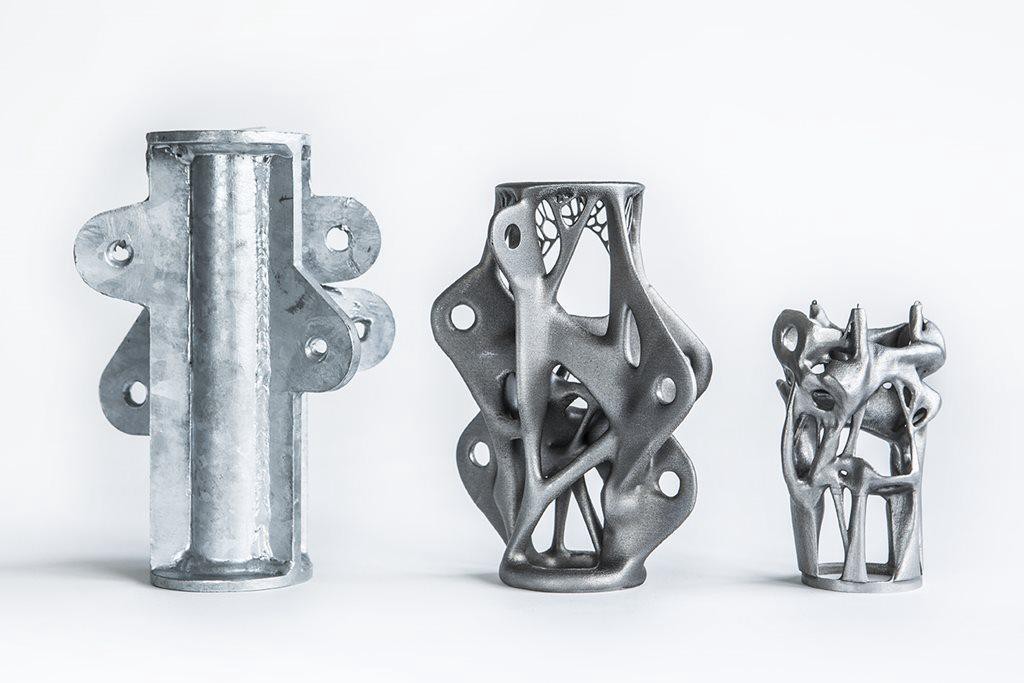
« The Alien Style of Deep Learning Generative Design », Medium.com, 2016
What shapes?
Nicolas Maigret, Predictive Art Bot, 2017
Mario Klingemann (Quasimondo), X Degrees of Separation, 2016
Simone Rebaudengo & Sami Niemelä, Made in Machina/e, 2018
Studio Moniker, Repeat After Me. Hommage to the Human Voice, 2019
Botto, « a decentralized artist », October 2021
Votes + Machine learning + NFTs minted on SuperRare
4.3 —
Exploring the flaws and inconsistencies of technologies

Alistair McClymont, John Fass, Of Machines Learning to See Lemon, 2018
« This invisible classification process is usually intended to produce automated decisions, which can have profound consequences for individual and collective freedom. The possible benefits of machine learning are many, but we run the risk of developing technologies of such complexity that our abilities to shape them to serve the common good are severely limited. »
—Alistair McClymont, John Fass, Of Machines Learning to See Lemon, 2018

Kate Crawford, Vladan Joler, Anatomy of an AI System [Amazon Echo], 2018
Lauren McCarthy, SOMEONE. Human home intelligence at scale, 2019
Human version of Amazon Alexa
Elisa Giardina Papa, Labor of Sleep, Whitney Museum Sunrise, 2017
Critique of emotional labor
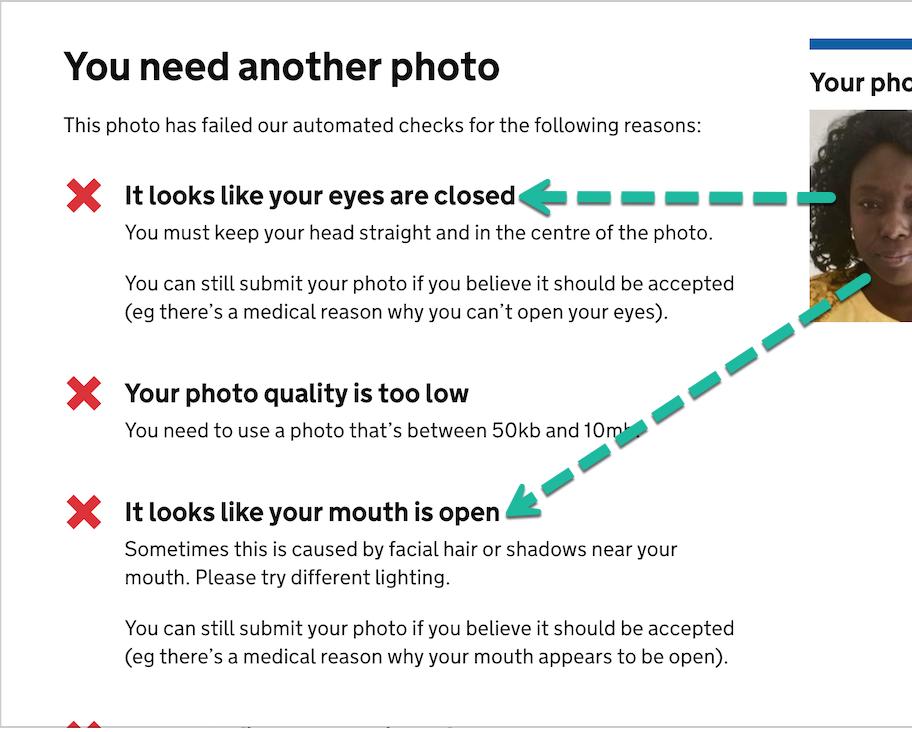
@CatHallam1, tweet du 6 avril 2019
Marta Revuelta, AI Facial Profiling, Levels of Paranoia,
HEAD – Genève, Master Media Design, 2018
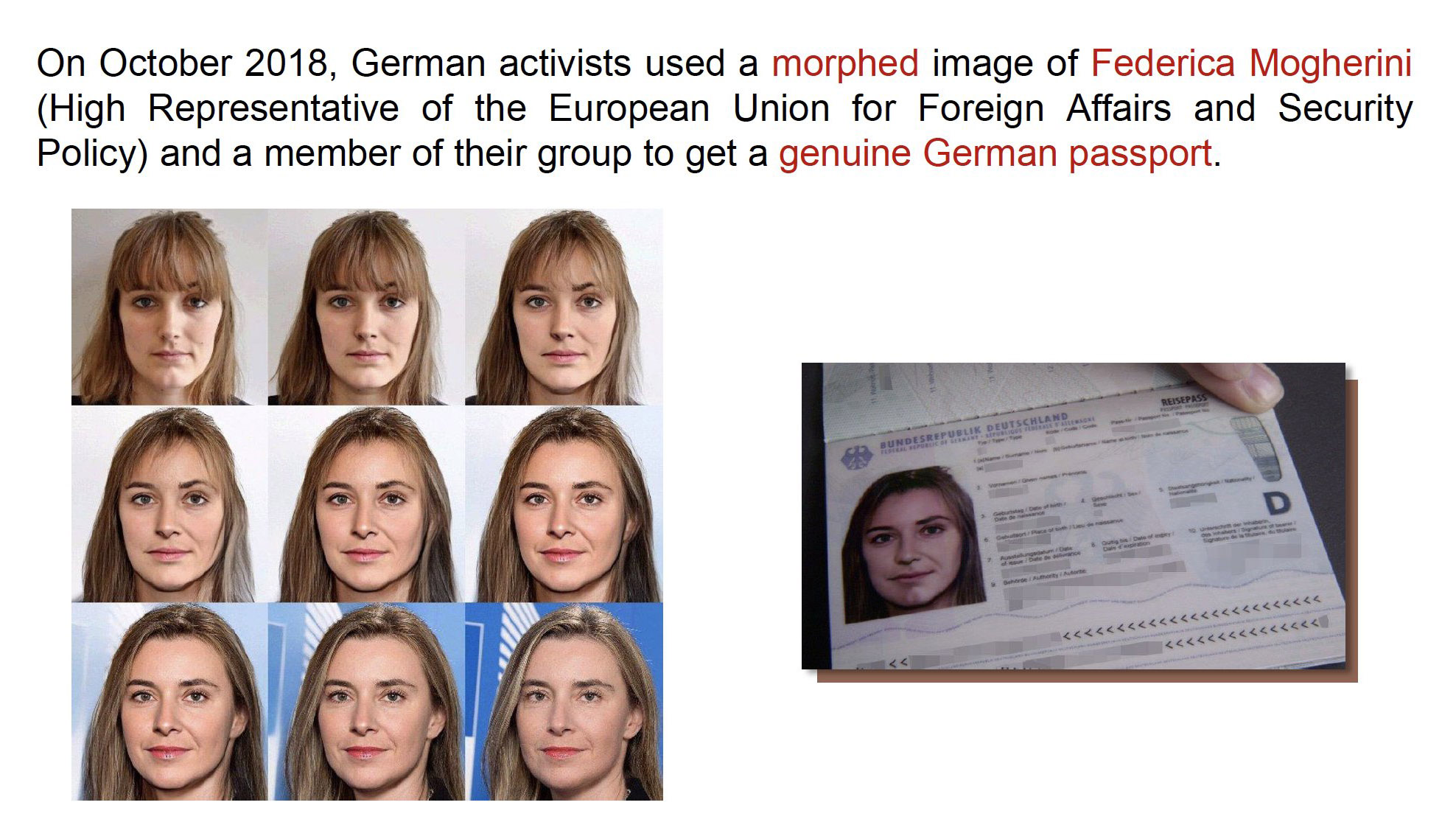
« German Art Activists Get Passport Using Digitally Altered Photo
of Two Women Merged Together », 2018
4.4 —
Going beyond the human/machine opposition
Raphaël Bastide, Twins, performance, 2016
James Bridle (dir.), exposition Through Other Eyes,
Limassol, NeMe Art Centre, 2019
Vilém Flusser & Louis Bec, Vampyroteuthis infernalis [1981–1987]
Simon Senn, Be Arielle F, 2020
Dialog with another body
4.5
Combining translation and transcoding
« Si je ne peux pas traduire, je ne peux pas comparer. […] Il est très facile de traduire un traité de chimie, de l’anglais en français, mais traduire un poème de Li Tai Po en français est presque impossible, traduire Mozart en architecture est un grand problème. […] Peut-être lorsque la science des codes aura fait des progrès plus grands, on pourra faire des familles de codes. Peut-être trouvera-t-on des codes qui peuvent être traduits et d’autres qui ne le peuvent pas. Si on fait un tel catalogue, on comprendra beaucoup de choses sur la situation humaine. […] C’est une théorie pour les temps nouveaux. C’est un champ d’engagement très grand, parce qu’il ne s’agit pas seulement de traduire de l’anglais en français, il s’agit, par exemple, de traduire Marx en Freud, ou Freud en catholicisme, ou le catholicisme en néopositivisme. C’est là le vrai jeu. Vous voyez où nous allons si nous commençons à penser en termes de codes. Nous allons vraiment vers une autre culture […]. »
— Vilém Flusser, Le monde codifié, Paris, Institut de l’Environnement, 1973
Grégory Chatonsky & Karmel Allison, Machines Upon Every Flower, Anteism Press, 2018
Generation of images from generated texts
Thinking Machines, workshop at HEAD – Genève, Master Media Design, 2020
Mixing different AIs eras

Dominique Cardon, Jean-Philippe Cointet, Antoine Mazières, « La revanche des neurones. L’invention des machines inductives et la controverse de l’intelligence artificielle », 2018
Conclusion –
Which pedagogy of simulated intelligences?
Which pedagogy of simulated intelligences?
- Potential for change comparable or even greater than PAO & CAO
- Automate tasks currently performed by designers
- However, most design training courses do not integrate these transformations, or even deny them (this is our hypothesis based on initial observations)
- In an age where simulated inteligences are part of our daily lives, how could (or should) design curricula be reconfigured?
- What skills are no longer relevant to teach?
- Which ones should evolve or be added?
“It is a question of thinking of technology as a system in front of which one must never lower the flag and know how to remain critical, but also as a gigantic mine of resources and potentialities. It is there that we must draw to imagine new qualities.”
— Ezio Manzini, Artefacts. Vers une nouvelle écologie de l’environnement artificiel [1990], Paris, CCI, 1991
@AnthonyMasure
www.anthonymasure.com
Powered by Reveal.js, MIT License
Licence (textes) : CC BY-SA
—
Typefaces
Forward (Frank Adebiaye & Studio Triple × Future Fonts, 2021)
IBM Plex Mono (Mike Abbink × Bold Monday, 2018)
—
Motifs des fonds : D3-Delaunay